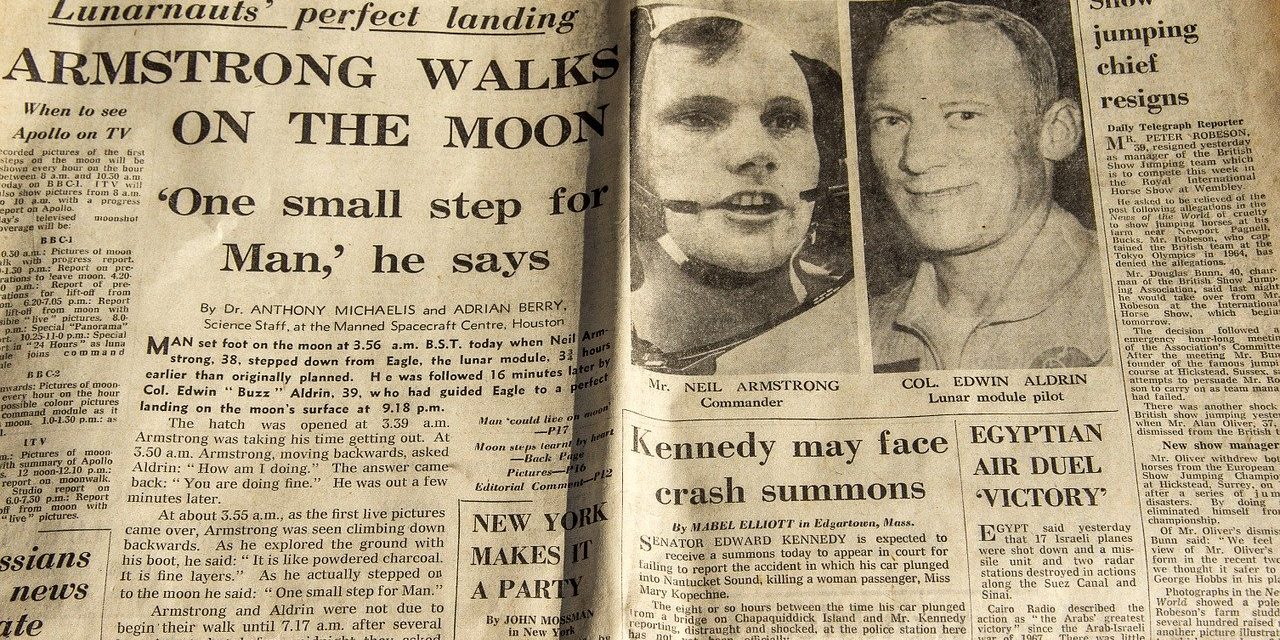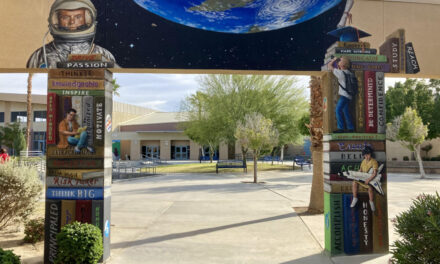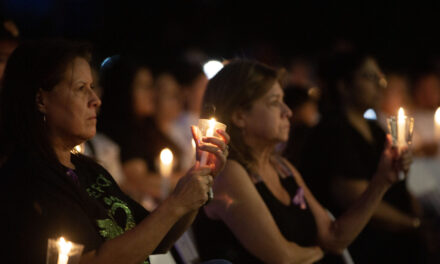On this date, July 20, man did what many said was impossible: He walked on the moon as a nation sat fixated on words and pictures emanating from radio and television sets.
About 500 million people around the world watched the live lunar landing, eclipsing all previous TV ratings records. according to History.com.
President Richard Nixon, along with millions of others, watches as two American astronauts walk on the moon. Later that evening, Nixon recorded succinctly in his diary “the President held an interplanetary conversation with Apollo 11 astronauts Neil Armstrong and Edwin Aldrin on the Moon.”
America and the Soviet Union had been in a race to see who could get to the moon first ever since the Soviets beat the U.S. into manned space flight with Yuri Gagarin’s orbital flight in 1961. Later that year, then-President John F. Kennedy vowed that America would be first to put a man on the moon, saying “To be sure, we are behind, and will be behind for some time in manned flight. But we do not intend to stay behind, and in this decade, we shall make up and move ahead.” To meet this goal, Kennedy and his successors, Lyndon Johnson and Richard Nixon, authorized generous funding for space exploration. Thanks to this support, less than a decade after what became known as Kennedy’s “moon speech,” the National Aeronautics and Space Administration (NASA) sent the first men to the moon.
Nixon joined approximately 500 million people around the world in watching Armstrong and Aldrin as the astronauts left their lunar landing module and walked on the moon. (The Soviet Union and China, America’s two biggest rivals in the space race, banned the broadcast in their respective countries.) After they planted an American flag on the moon’s surface, the astronauts spoke directly to President Nixon, who congratulated them on their historic mission. His phone was linked via satellite through the NASA control center in Houston, Texas.
Nixon continued to be an influential force in America’s space program. In 1972, he approved development of the space shuttle program. In an ironic twist, by the 21st century, space shuttle flights–especially those to the international space station–had become international cooperative endeavors with Russians and Americans joining forces to conduct missions and sharing space exploration technology.
Mathematician Katherine Johnson, along with two other black women, were instrumental in calculating NASA’s routes to the moon for its first lunar landing. Director Theodore Melfi and writer Allison Schroeder finally told their story in the 2016 film Hidden Figures.
Today, that remarkable day is commemorated as National Moon Day.
When Neil Armstrong stepped down onto the moon’s cratered surface with the words, “That’s one small step for man, one giant leap for mankind, ” every nation on earth seemed to breathe a collective sigh of relief.
National Moon Day celebrates not only the historic lunar landing on July 20, 1969, but the day also reminds us of the uphill slog to get the space program literally off the ground.
On National Moon Day, we remember both the quirky and profound moments in the space race that ended with the Americans being the first to plant their flag on the moon.
Image Sources
- Newspaper: Pixaby







